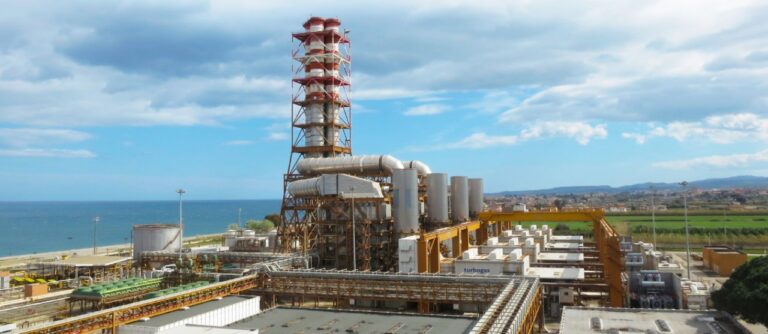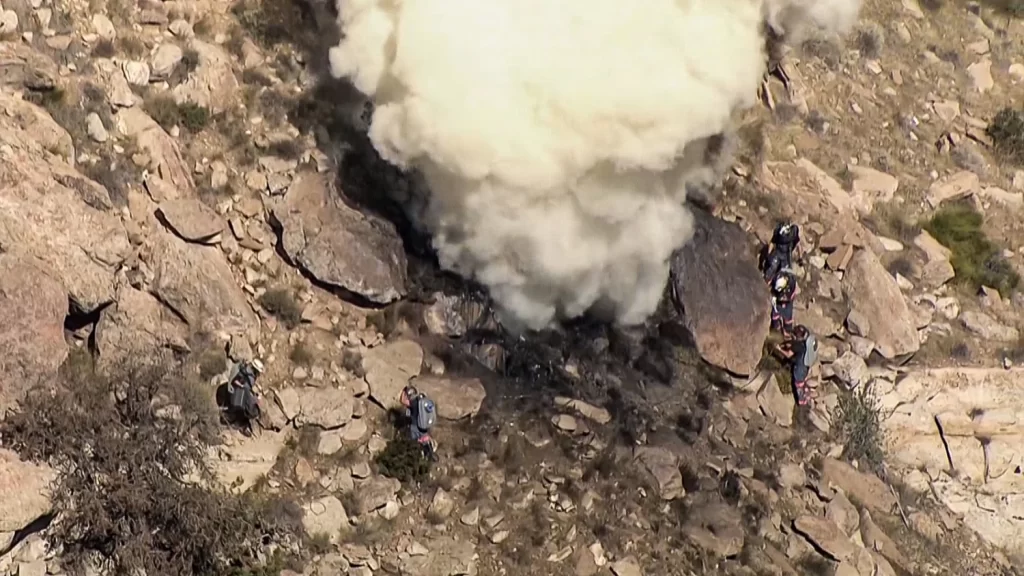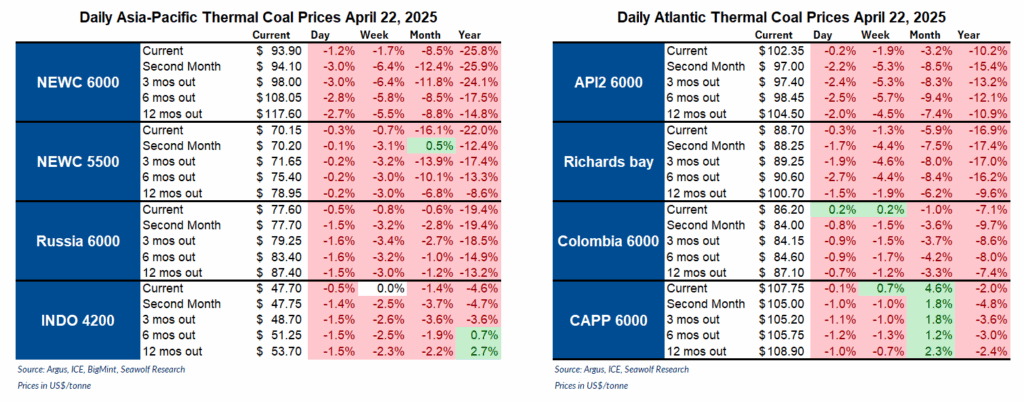European thermal coal prices rose to $122-124 per tonne this past week, driven by escalating conflicts in the Middle East and a Ukrainian attack on a key Russian gas station near Sudzha, impacting the energy market. Germany’s increased reliance on coal-fired power, coupled with higher electricity prices and a drop in wind generation, further supported coal prices. Concurrently, gas prices at the TTF hub spiked by 10%, reaching $436.27 per 1,000 cubic meters, marking a record high since December 2023.
In South Africa, High-CV 6,000 coal prices held steady at $115-116 per tonne, bolstered by strong European demand and robust interest from India. However, logistical disruptions, including a delayed 10-day maintenance by Transnet due to cable theft, contributed to a decline in inventories at the Richards Bay Coal Terminal (RBCT), which dropped from 3.6 million tonnes to 3.3 million tonnes. Transnet also revised its rail coal shipment forecast down by 10% to 54 million tonnes for the fiscal year, citing ongoing challenges with cable theft and railcar derailments.
China saw a slight decline in spot prices for 5,500 NAR coal at Qinhuangdao port, adjusting to $119.5 per tonne as demand is expected to soften. Many coal suppliers anticipate a market slowdown in mid-August due to a likely reduction in consumption as the heatwave eases. Inventories at major coastal thermal power plants and ports showed mixed trends, with a small decrease at power plants and a slight increase at ports.
Indonesian 5,900 GAR coal remained relatively unchanged at $90.7 per tonne, as limited supply due to adverse weather conditions kept prices stable. However, some industry players expect the supply situation to improve, particularly in East Kalimantan, with potential increases in Chinese imports in late September ahead of winter.
Australian High-CV 6,000 coal prices rose above $146 per tonne, supported by sustained demand in the Asia-Pacific region and reduced Colombian supply due to heavy rains. Additionally, declining Russian coal exports, driven by infrastructure issues and high production costs, further pushed prices upward.









